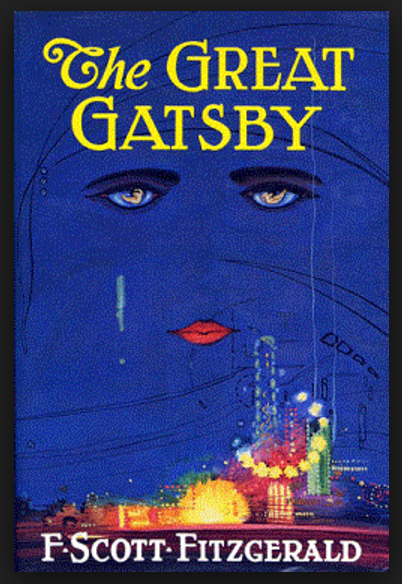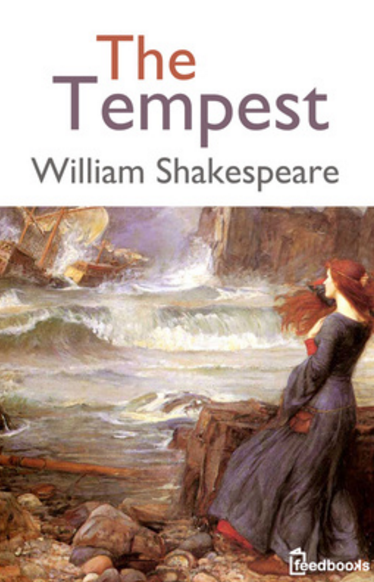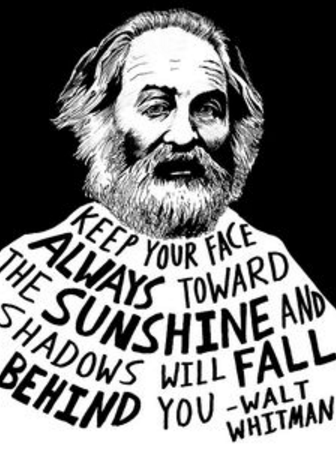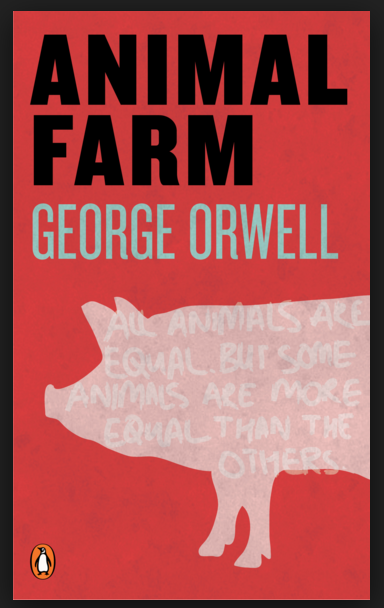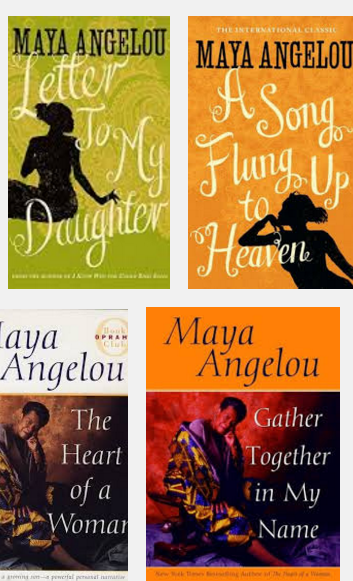|
Reading (Ages 15-16)
|
Year 9
|
Month 1 (Year 9) AIMS:
RESOURCES: Text: The Great Gatsby (FRONTLOAD): After reading the whole book complete the following tasks. (TASK): 1. Describe the setting of the book. 2. Create a mind map to show the plot of the book, Use the following video if you don’t know what a mind map is. Video 3. Compare and contrast 2 main characters using a Venn Diagram. |
Month 2
(Year 9)
AIMS:
1. Develop an appreciation and love of reading, and read increasingly challenging material independently.
2. Understand increasingly challenging texts.
TARGET:
* 1. Reading a wide range of fiction and non-fiction.
* 2. Checking their understanding to make sure that what they have read makes sense.
RESOURCES: Text: The Great Gatsby
(FRONTLOAD): Click on the link of the book you chose to read to open it.
(TASK): After reading the book, choose 3 question per chapter/part to answer.
Guided Questions
Month 3
(Year 9)
Text: The Great Gatsby
Write notes about the elements of the plot as you watch.
Compare the plot of the book with the plot of the video using a Venn Diagram.
Share the Venn diagram with someone.
|
Month 4 (Year 9) AIMS: Read increasingly challenging material independently. TARGET: Making Inferences and referring to evidence in the text. RESOURCES: Text: The Tempest (FRONTLOAD): Click on the link below to answer the questions. (TASK): Choose 5 of the 8 questions that appear at the end of the Study Guide |
Month 5
(Year 9)
AIMS: Read critically
TARGET:
Understanding how the work of dramatists is communicated effectively through performance and how alternative staging allows for different interpretations of a play.
RESOURCES:
Video: The Tempest
(FRONTLOAD): Open the video and watch the play.
(TASK): After watching the play and having read the book.
1. Compare and contrast both of them using a Venn Diagram.
2. Questions
- What new perspectives did you gain after watching the play?
- How did watching the play help you understand the story more in depth?
Month 6
(Year 9)
AIMS: Understand increasingly challenging texts.
TARGET:
Reading a wide range of fiction and non-fiction, including in particular whole books, short stories, poems and plays with a wide coverage of genres, historical periods, forms and authors. The range will include high-quality works.
Making Inferences and referring to evidence in the text.
RESOURCES:
Text: The Tempest
(FRONTLOAD): Open the novel.
(TASK): Read the novel and after every act create an Inferring chart. Use the examples below as references.
Inferring examples: example 1 example 2 example 3
Month 7
(Year 9)
RESOURCES: Text: The Tempest
Watch the video
Write notes about the elements of the plot as you watch.
Compare the plot of the book with the plot of the video using a Venn Diagram.
Share the Venn diagram with someone.
|
Month 8 (Year 9) AIMS: Understand increasingly challenging texts. TARGET: Learning new vocabulary, relating it explicitly to known vocabulary and understanding it with the help of context and dictionaries. RESOURCES: Walt Whitman (FRONTLOAD): Open the link to go to Maya’s poems. (TASK): 1. Choose three of the poems and make a list of all the new words you can find. 2. Choose 3 of the words and write 3 poems inspired by these words. 3. Use the following examples to help you with ideas on how to write poetry. How to write a poem Types of Poems How to write Poetry |
Month 9
(Year 9)
AIM: Reading Non-Fiction Text
TARGET: Learning new vocabulary, relating it explicitly to known vocabulary and understanding it with the help of context and dictionaries
Non-Fiction Books:
http://news.nationalgeographic.com/
https://openlibrary.org/
As you read, record unknown vocabulary words.
Use this online dictionary to find out the meaning of the words.
|
Month 10 (Year 9) AIMS:Understand increasingly challenging texts. TARGET: Studying setting, plot, and characterization, and the effects of these RESOURCES: Text: Animal Farm (FRONTLOAD): Open the link below to answer the questions. (TASK): Answer 10 of the 14 questions. Study Guide |
|
Month 11 (Year 9) AIMS: Understand increasingly challenging texts. Read critically TARGET: Recognizing a range of poetic conventions and understanding how these have been used RESOURCES: Poetry: Maya Angelou (FRONTLOAD): Click on the link and follow the poetry lesson using Edgar Allan Poe’s poems. (TASK): Follow poetry lesson. |
Month 12
(Year 9)
AIMS:
Understand increasingly challenging texts.
TARGET:
Learning new vocabulary, relating it explicitly to known vocabulary and understanding it with the help of context and dictionaries.
RESOURCES: Maya Angelou
(FRONTLOAD): Open the link to go to Maya’s poems.
(TASK):
1. Choose three of the poems and make a list of all the new words you can find.
2. Choose 3 of the words and write 3 poems inspired by these words.
3. Use the following examples to help you with ideas on how to write poetry.
How to write a poem
Types of Poems
How to write Poetry
